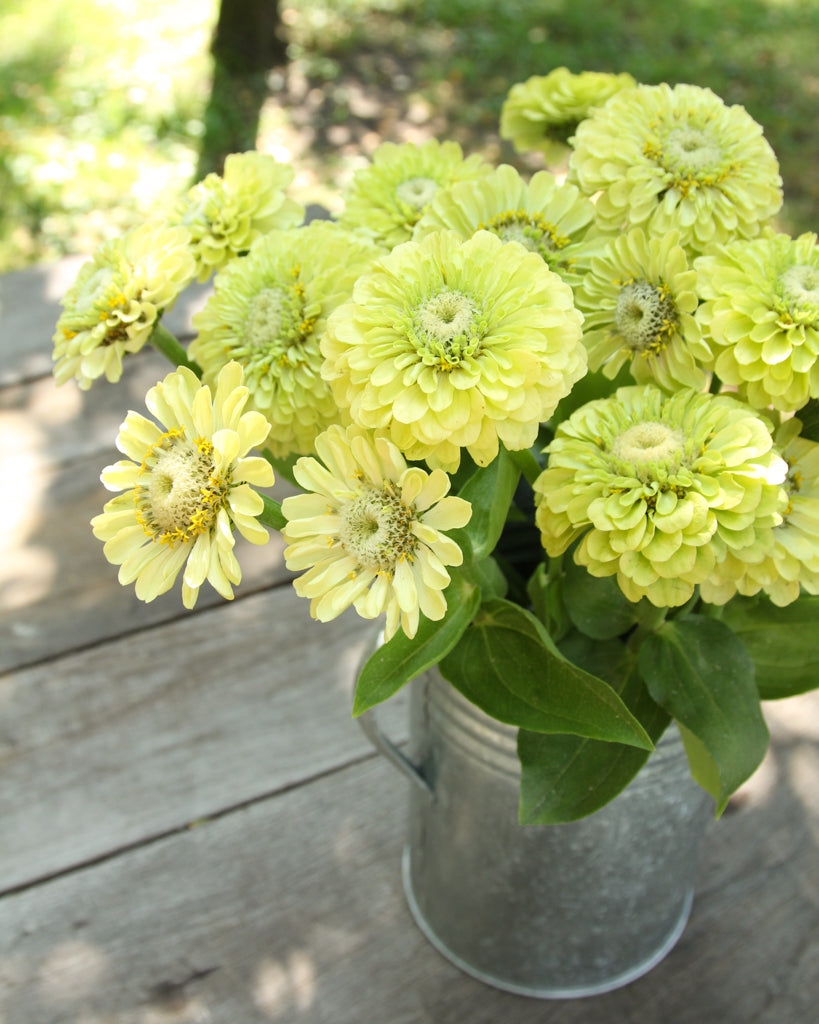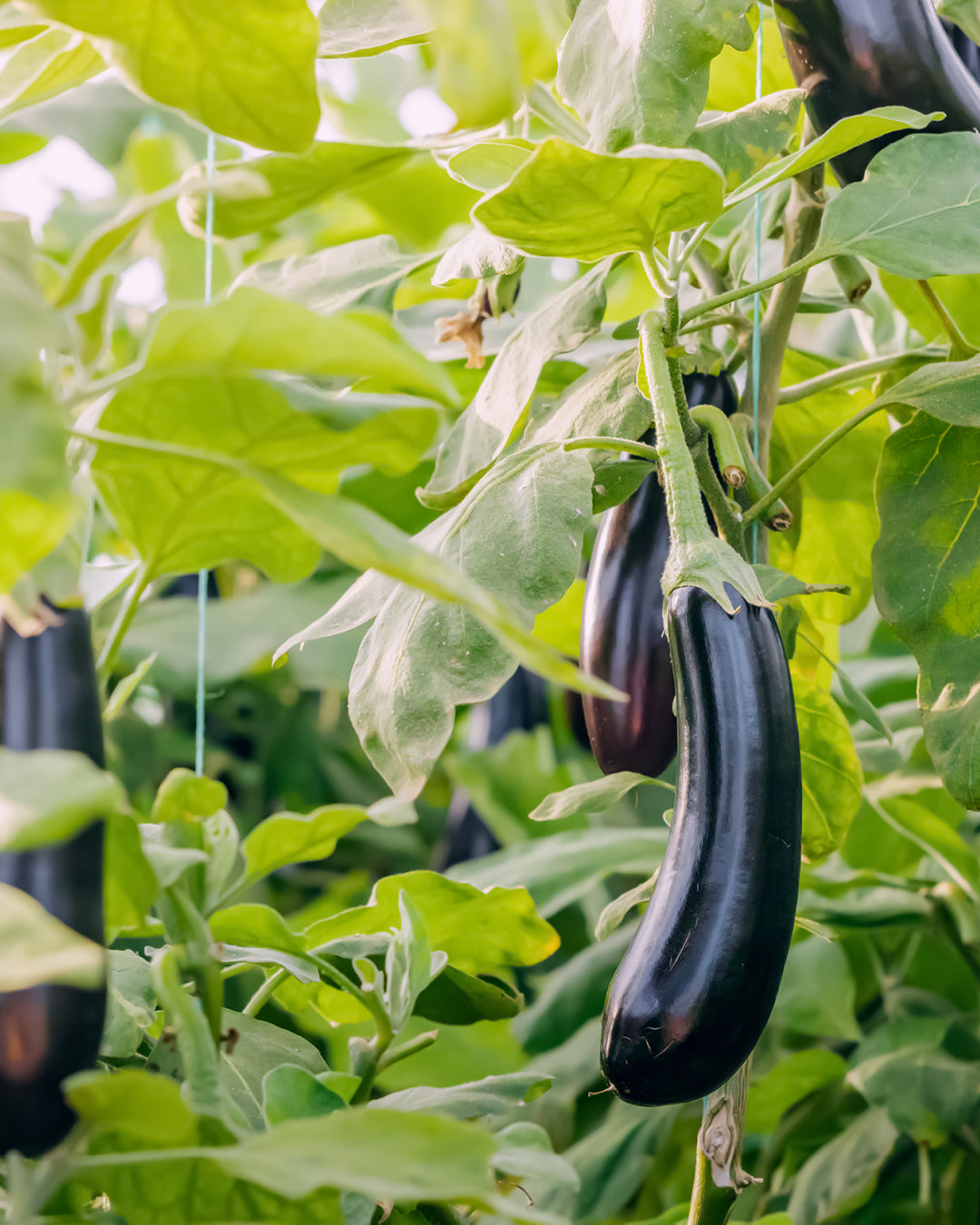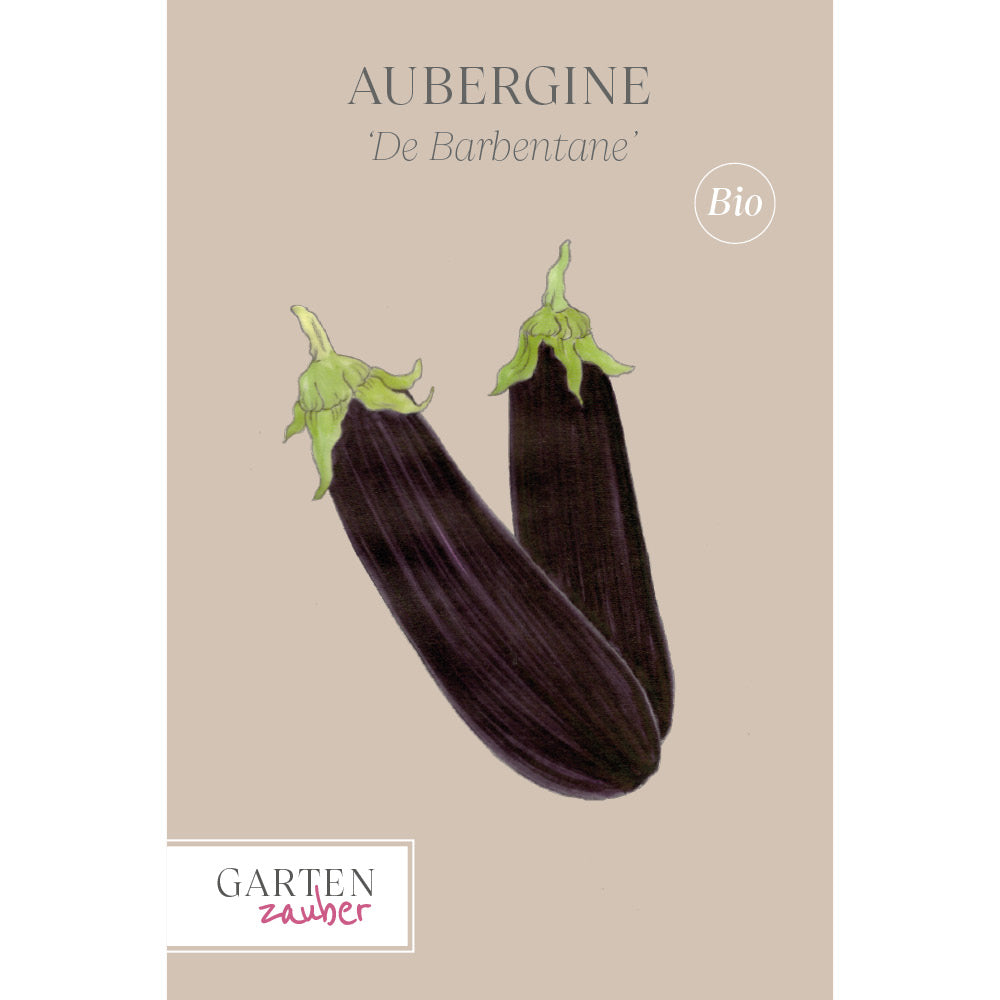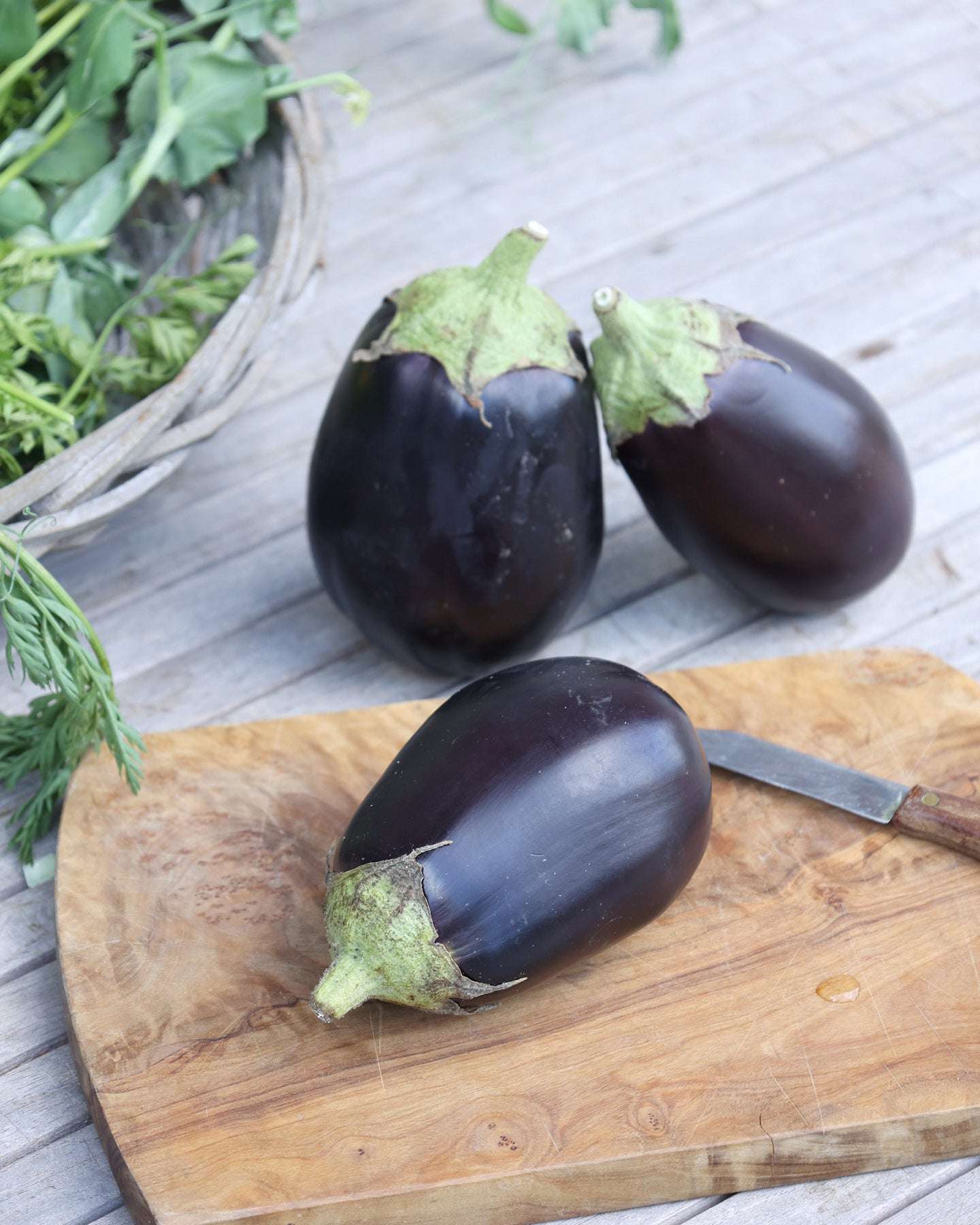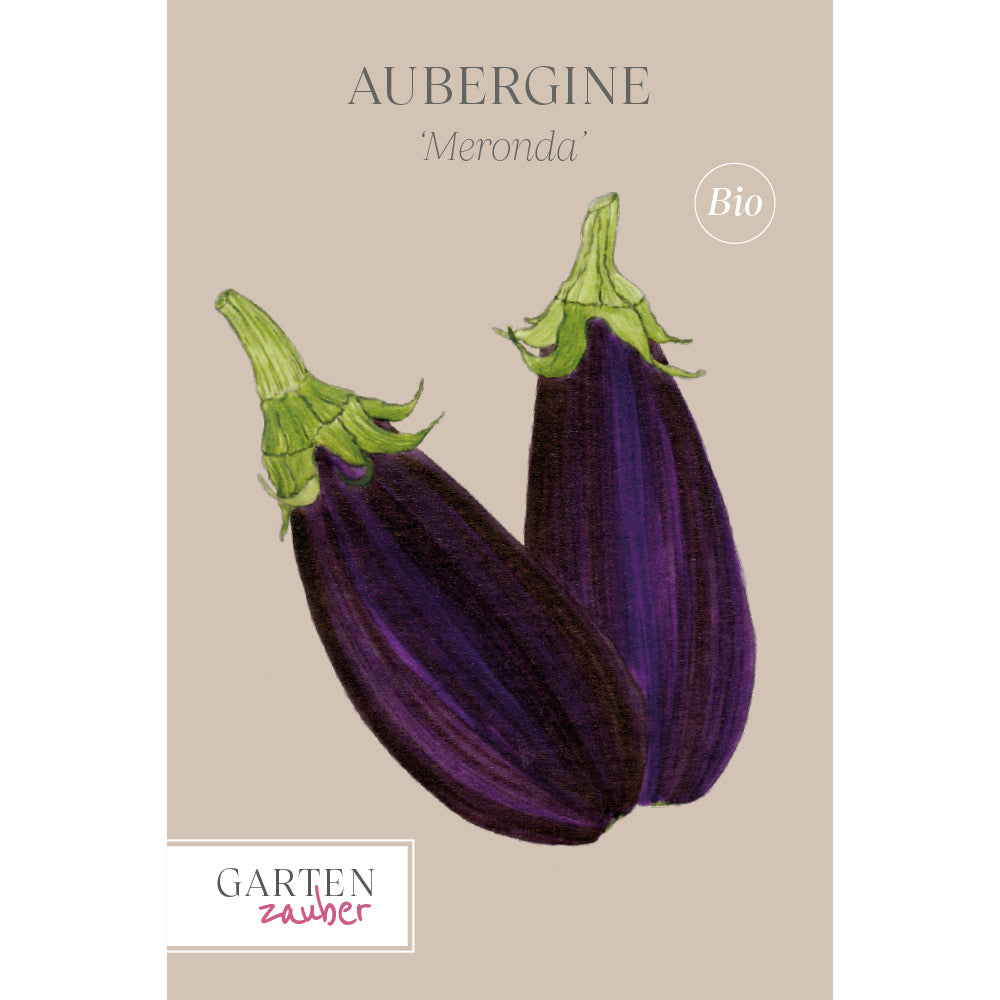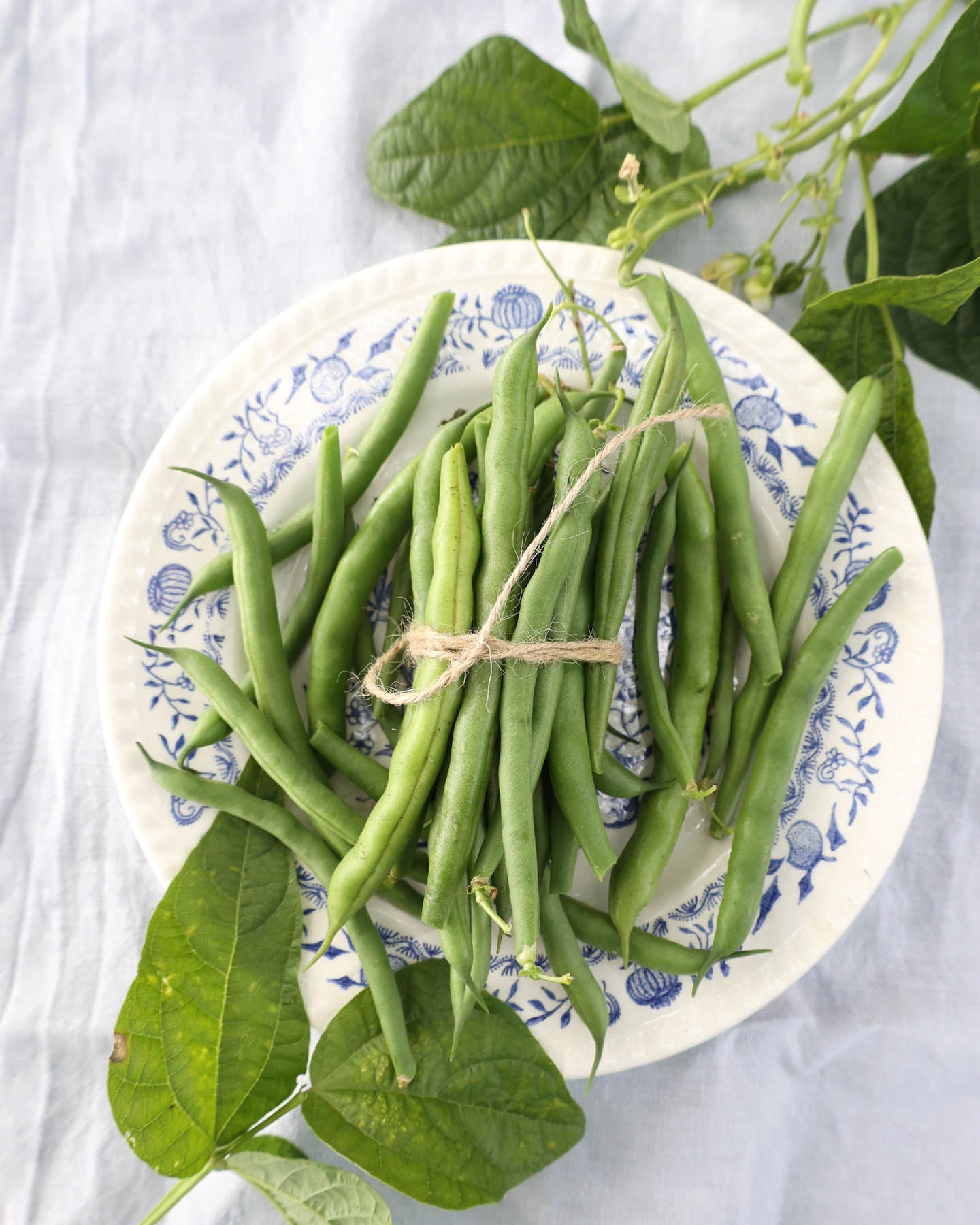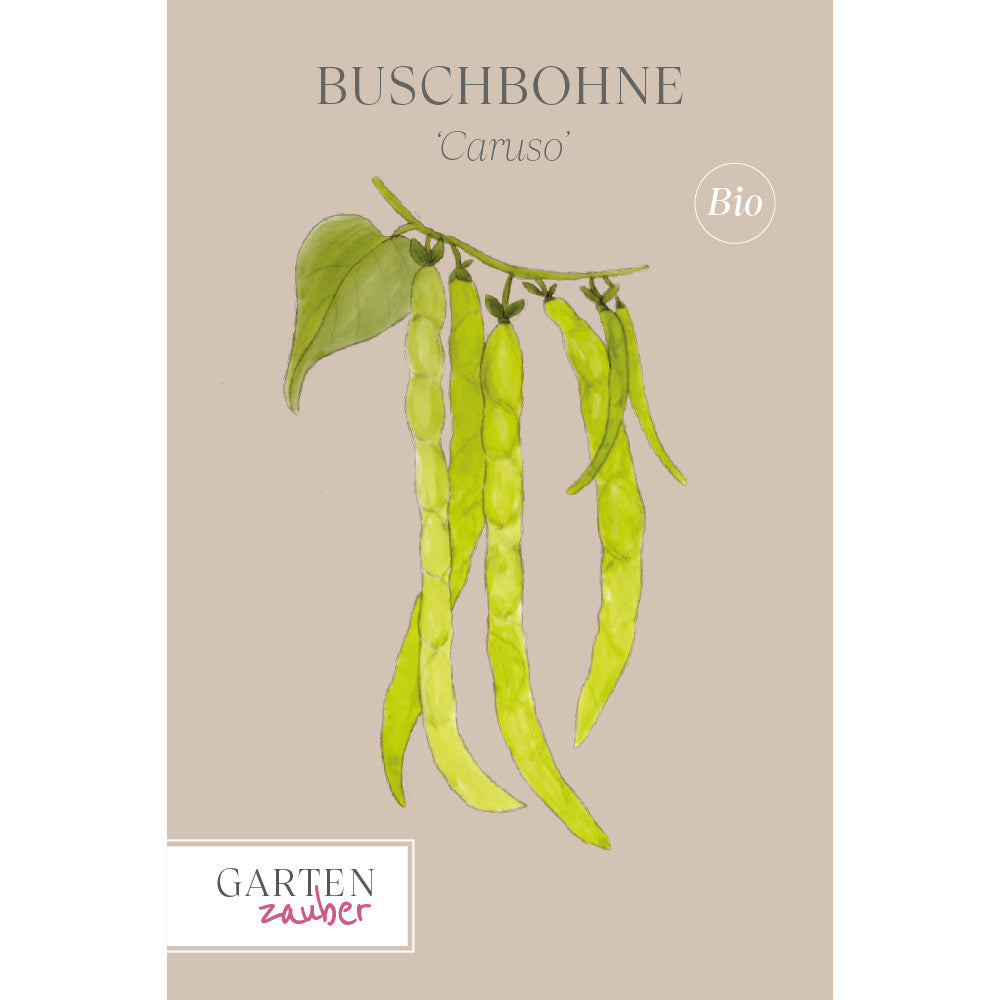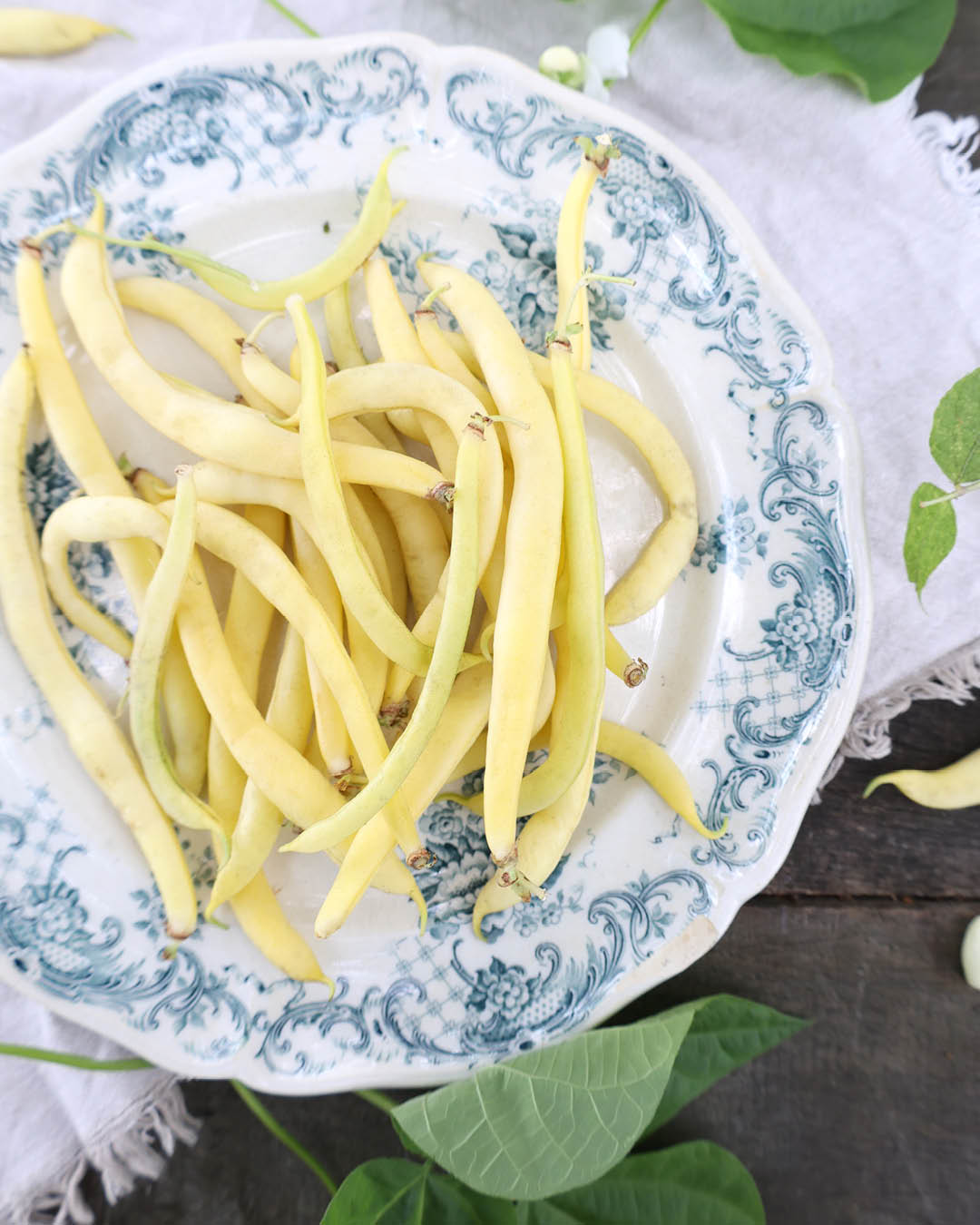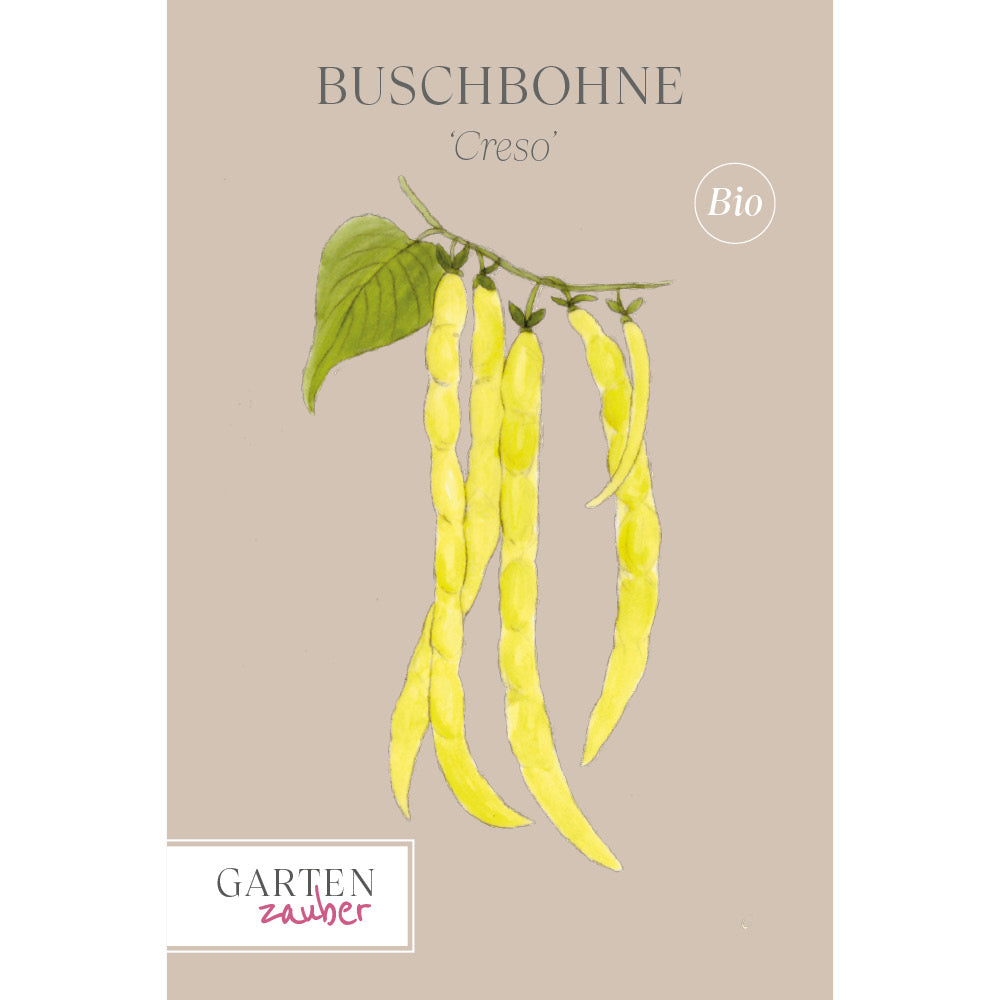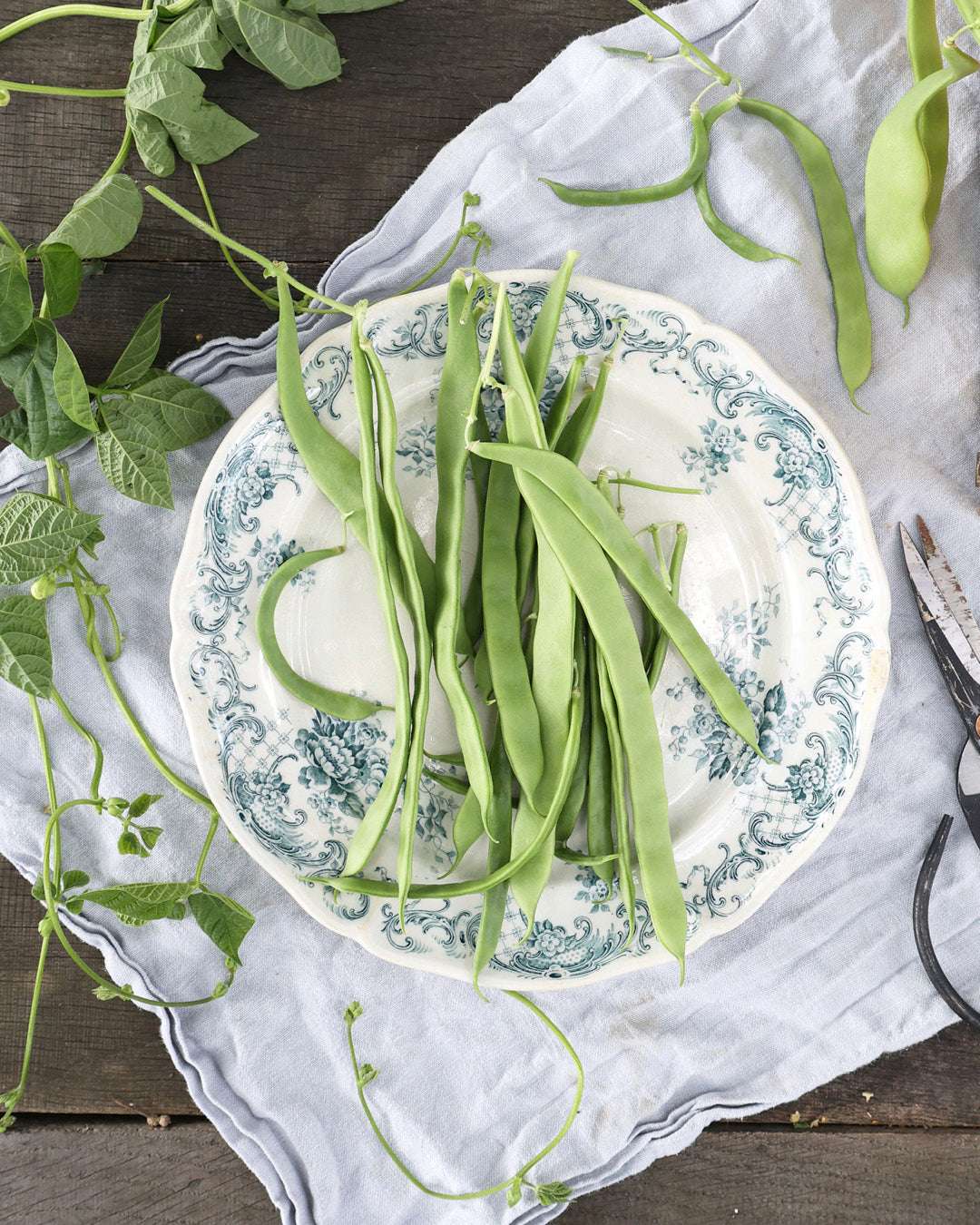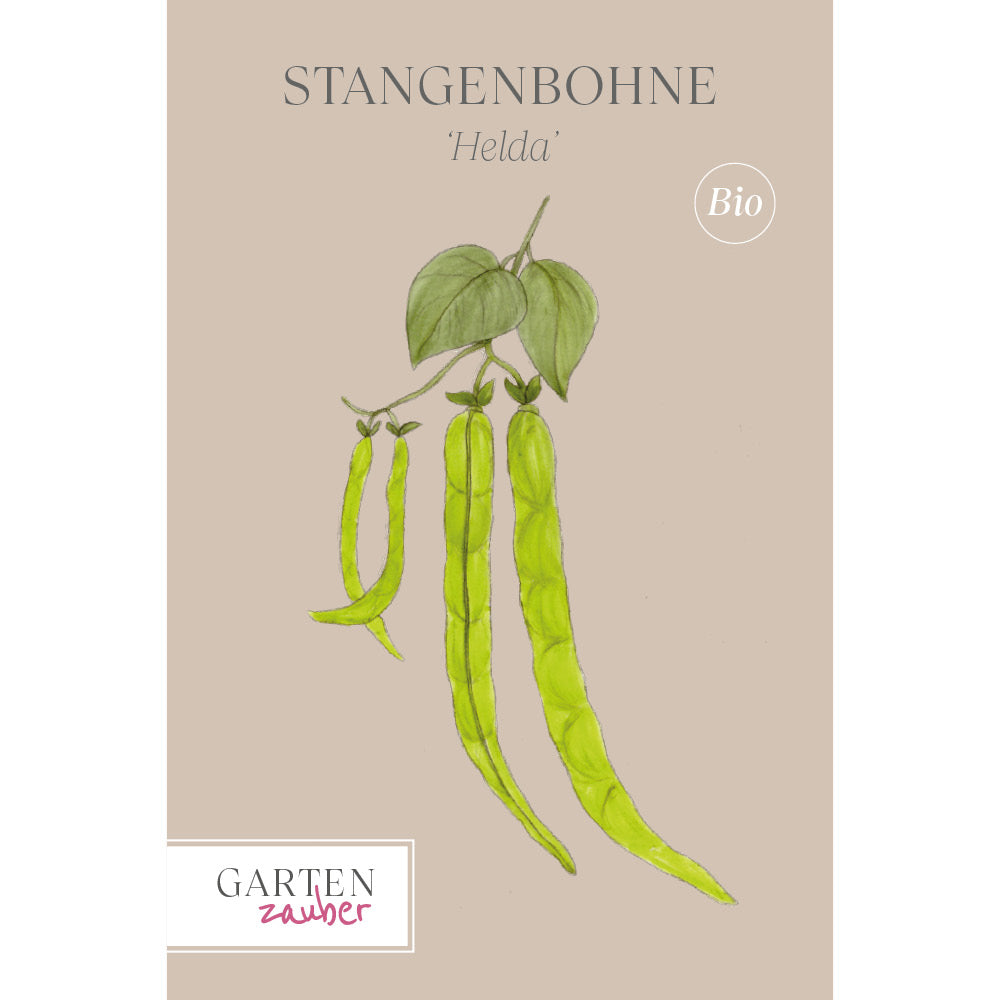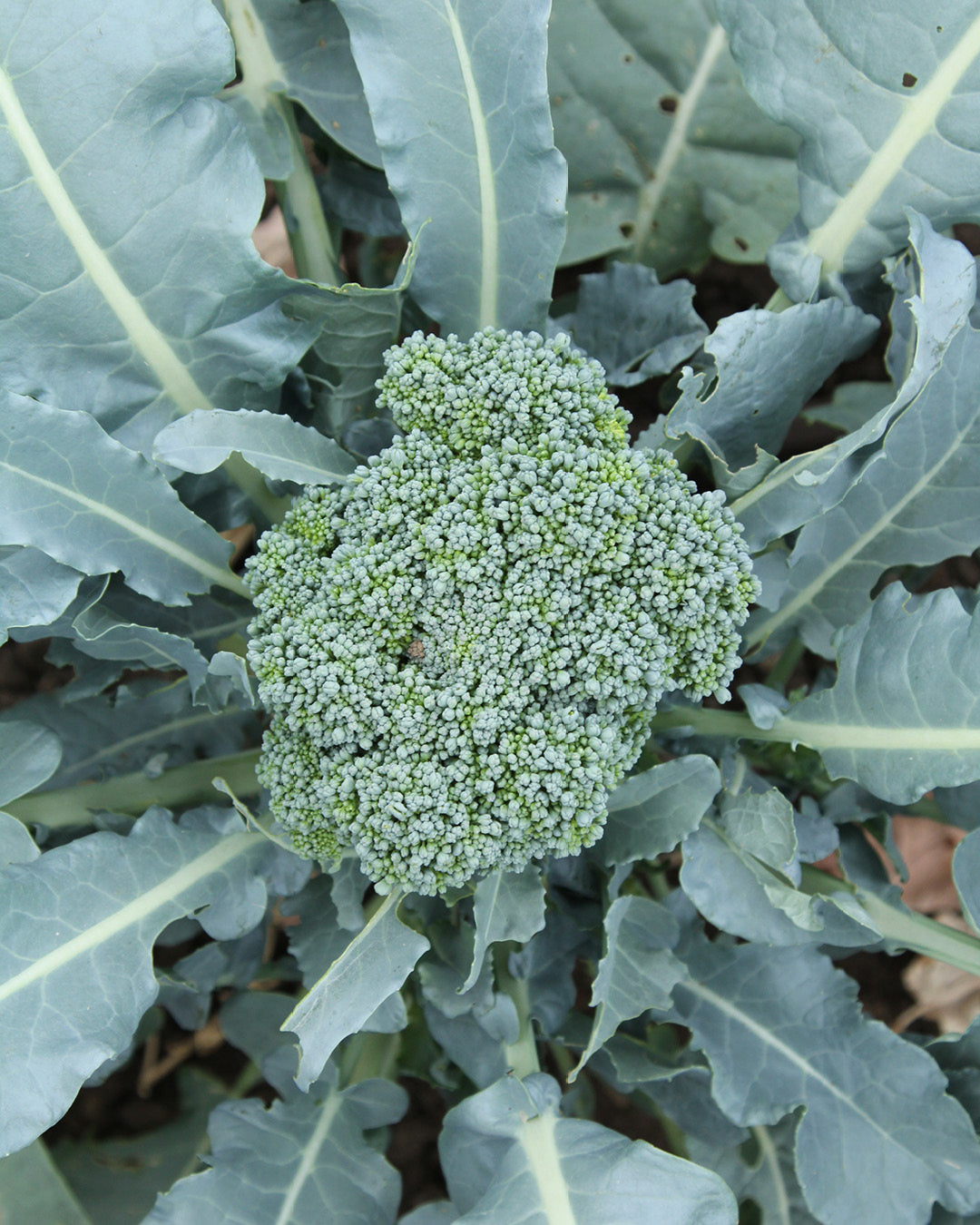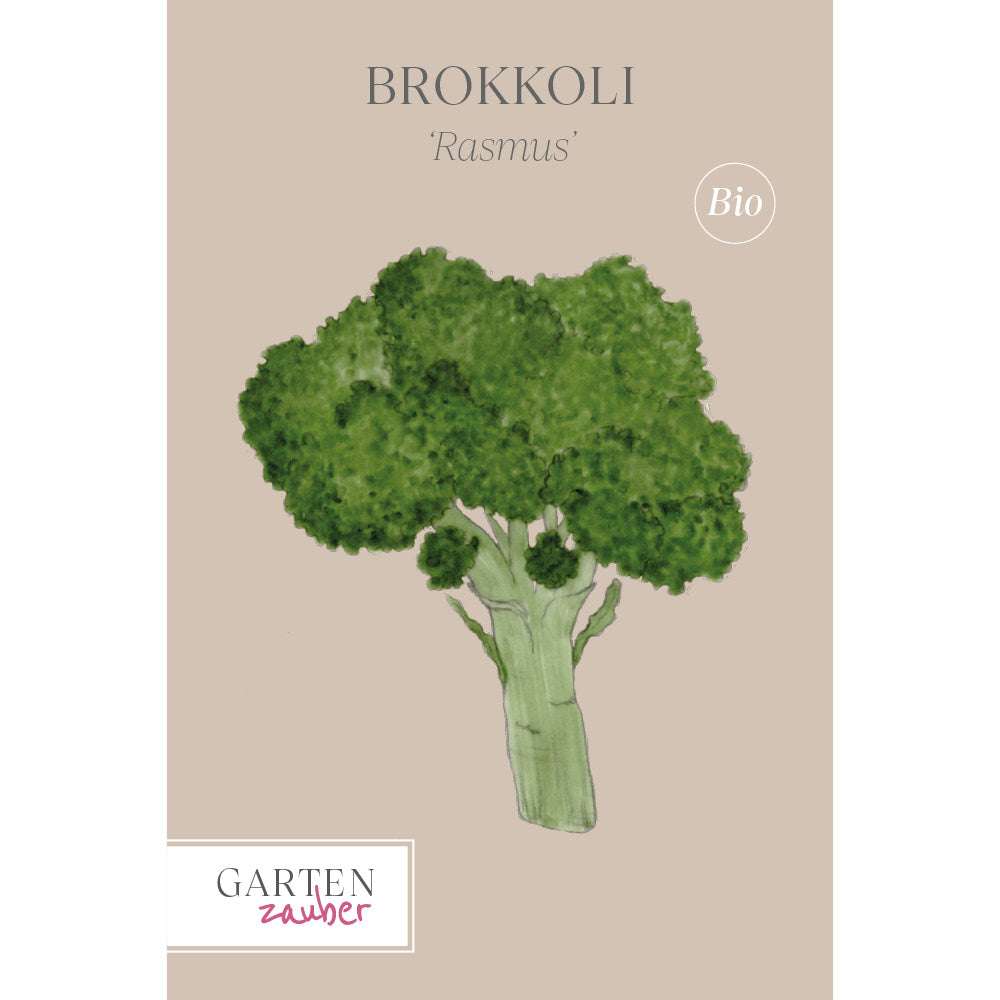Evergreen as a backdrop
Evergreen isn't always green. We'll show you how delicate flower clusters, slender foliage, and picturesque growth forms only really come into their own when the background is consistently calm. Evergreen plants prove indispensable for this task.
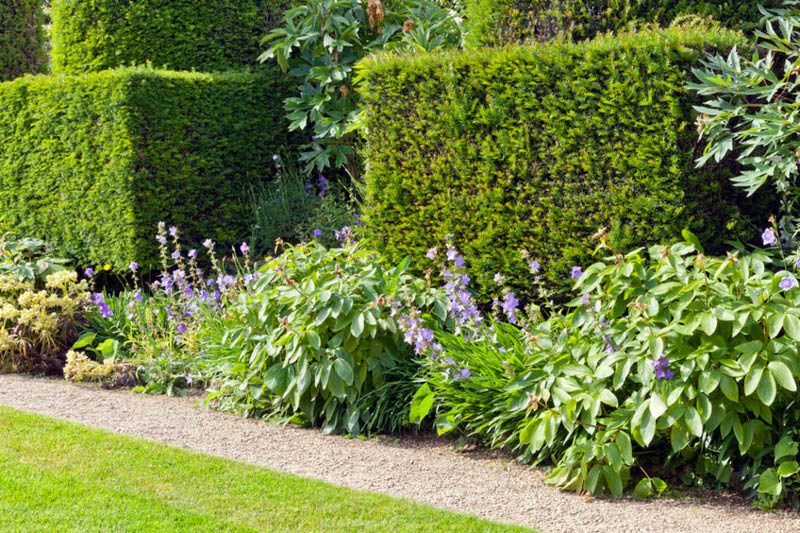
Structure with green
Woody plants with evergreen foliage bring calm texture to the garden, making them an excellent backdrop for other plants. The uniform arrangement of leaves, scales, or needles, which remain unchanged throughout the twelve months of the gardening year, can be used to frame a perennial bed like a passe-partout. Striking growth forms and delicate flower heads, in particular, stand out much better thanks to the clear contrast. In addition, these stately woody plants protect against wind and prevent damage to taller plants.
The yew (Taxus baccata) traditionally plays a special role in this context, having earned a reputation as a topiary plant. Boxwood (Buxus sempervirens), barberry (Berberis julianae), and privet (Ligustrum vulgare) also make excellent backdrops for perennial plantings.
The simplest option is clipped hedges. They stand rigidly behind the flower arrangement, ensuring that the flowers always stand out against it. You'll need a bit more skill if you want to position individual plants so that they form a good background while simultaneously highlighting their own natural or formal growth. In addition to the vegetation-related site considerations, you also need to consider perspective, because individual plants are not as omnipresent, and the background "shifts" with the viewing angle.
Background throughout the year
Not all evergreen plants maintain a uniform structure year-round, like yew (Taxus) and boxwood (Buxus). Privet (Ligustrum vulgare) blooms with white, panicled flower spikes in early summer, and cherry laurel (Prunus laurocerasus) also presents cream-colored flower spikes, depending on the variety. This variation reflects a pleasant naturalness that should be incorporated into your planning from the outset. You can achieve this by focusing on large, individual flowers like peonies (Paeonia) in the bed, or by allowing a dense purple-blue lushness of moon violets (Hesperis), columbines (Aquilegia), and ornamental onions (Allium), so that the flowers of the background shrubs become an additional accent.
The red berries of the holly (Ilex aquifolium) are a welcome winter ornament. They conjure up a few red pearls in the frozen image of grass blossoms and seed heads, usually only becoming visible as you approach the hedge. You'll probably never notice them as a distraction.
Strong contrasts
The evergreen backdrop is particularly important for tall, solitary perennials because they are clearly visible against it. Species with bright flowers, such as giant meadow-rue (Thalictrum hybrid "Elin"), prairie primrose (Eremurus), and giant scaly-headed celandine (Cephalaria gigantea), showcase their splendor in full. By only incorporating such solitary perennials selectively into a design, you enrich the planting without overloading it. You can also allow the character of the solitary plants to spill over into the backdrop, for example, by allowing the hedge crown to sway. A wavy cut makes the frame appear more charming. At the same time, it adds vibrancy to the garden. Sometimes, a reference to the hilly landscape or the nearby sea can even be expressed.
All of these considerations are a matter of taste and interpretation, but they certainly enrich the design with a special depth and connection. With a little patience, you can even undo the idea, as the hedge will surely grow back in height. A straight edge can be quickly restored.
Let the grass blossom work
The autumnal blossoming of grasses is a special feast for evergreens. The taller varieties of Chinese silver grass (Miscanthus sinensis) are particularly striking against a uniformly green backdrop. Without this background, their delicate structures would blur against the gray-blue of the autumn sky. The panicles persist into winter, becoming covered in hoarfrost on cold days. The seed heads of Phlomis russeliana, Echinacea purpurea, and Eryngium also look great in the frost, creating a completely new look in front of the hedge.
Designing with light
For the perfect effect, you should consider the direction of the flower head early on in your design. The flower heads only really come into their own when the sun shines on them from the front and they reflect the light. This is when the blossoms sparkle, and after a downpour, the drops on the stems glitter like pearls. If the sun shines from behind, the hedge shades the bed and the desired effect is not achieved. You would be right to say that the sun does move. Yes, but you have to be there at the right time. If the sun's rays only shine into the bed in the early morning, you no longer have a chance of capturing enchanting pictures by midday. It is therefore worth considering this early on. The prevailing wind direction, on the other hand, should be behind the hedge to ensure good growing conditions.
The green collar
What works well in the background also works in the foreground. A low, evergreen border for perennial beds has a lot of charm. This way, the area is well defined and you have a clean, decorative edge that supports the plants. You can create this border, for example, with low shrubs such as boxwood (Buxus sempervirens), Japanese holly (Ilex crenata), and Japanese spindle tree (Euonymus japonica). They also provide a certain amount of support for the plants at the front edge of the bed. However, avoid allowing spreading perennials such as cranesbill (Geranium hybrid "Rozanne") or the large foliage of hostas (Hosta) to cover this border, as the shrubs will suffer from the shading. On the other hand, the border can be a blessing for dahlias and gladiolas, which are unattractive at their base. The green band perfectly conceals the lower part, while the flowers flourish at the top. This also applies to late summer asters (Aster novae-angliae, A. novi-belgii) as well as sneezeweed (Helenium hybrids) and sunflowers (Heliopsis hybrids).
Yew trees as a background
Hardly any other plant provides such a good backdrop for flowering perennials, roses, and grasses as the yew (Taxus). This is primarily due to its dark green color, which fades into the background like a curtain, surprising visitors with bright, fresh green tips only when they first sprout. In gardening terms, the yew symbolizes patience. The shrubs only grow about 20 cm per year—still, but it takes several years to establish a tall hedge as a backdrop for perennials. Be patient, because this is the only way the branches will grow well into one another, and the surface will truly rival the evenness of woodchip wallpaper.
Choose the right variety, because vertical growth is important. Alongside classics like the Irish columnar yew (Taxus baccata 'Fastigiata') and varieties such as 'Fastigiata Nova', the 'Hessei' variety also naturally exhibits a stiff, upright growth habit. The very old 'Overeynderi' variety even reaches up to 5 m in height. The hybrid Taxus Å~ media offers columnar types, including the 'Hicksii', 'Strait Hedge', and 'Stricta Viridis' varieties, which are ideal for backgrounds.
The cut is very important for such a background. Only when the surface is uniform can the effect of the flower shapes in front of it fully develop.
The most important ways to create contrast:
- Barberry (Berberis Å~ frikartii)
- Boxwood (Buxus sempervirens)
- Sawara cypress (Chamaecyparis pisifera ʻFiliferaʼ)
- Umbrella bamboo (Fargesia murieliae)
- Ivy (Hedera helix)
- Holly (Ilex aquifolium)
- Privet (Ligustrum vulgare)
- Loquat (Photinia fraseri)
- Cherry laurel (Prunus laurocerasus)
- Yew (Taxus species)
- Tree of life (Thuja in species)
← vorheriger Post: Bee-friendly perennials: autumn anemone, yarrow, scented nettle & Co.
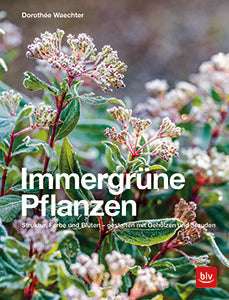
The content of this article is from the book:
blv Verlag, Dorothée Waechter
Evergreen plants
Price: € [D]16.99
ISBN 978-3-8354-196-7
Discover the diversity of evergreens with Evergreen Plants and make your ideal selection. For every location and every style. The characteristics, requirements, and possible uses of each plant are described in detailed profiles. The comprehensive design chapter demonstrates that it doesn't always have to be "just" the classic boxwood, with diverse combinations for natural, purely evergreen, or mixed gardens. The focus is on integration into existing plantings.



